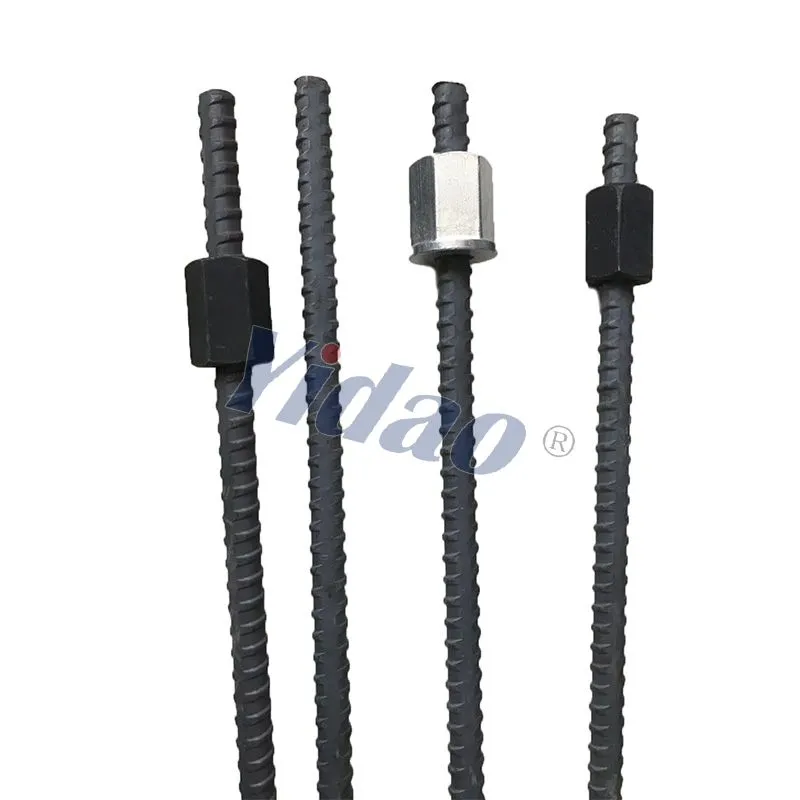Feb. 20, 2024
Minerals & Metallurgy
At Yidao we understand the importance of proper installation techniques to ensure the durability and effectiveness of thread bars. Thread bars also known as tie rods, are critical components in various construction and engineering applications, including structural reinforcement, anchoring systems, and soil stabilization. Correctly installing thread bars is paramount to guaranteeing the safety and longevity of structures.

Before diving into the installation process, it's essential to familiarize ourselves with the components of a thread bar. Thread bars typically consist of three main parts: the bar body, threaded ends, and couplers. The bar body is the central shaft of the thread bar, while the threaded ends facilitate the connection between multiple bars or other structural elements. Couplers are used to join two thread bars together, ensuring continuity and integrity in the structure.
Proper preparation is key to a successful thread bar installation. Before starting the installation process, ensure that you have the necessary tools and equipment, including wrenches, sockets, torque wrenches, and cleaning materials. Additionally, inspect the thread bars for any defects or damage that may compromise their structural integrity.
Begin by cleaning the installation site to remove any debris, dirt, or contaminants that could affect the Threaded Rods performance. Ensure that the area is free from any obstacles or obstructions that may hinder the installation process.
Using appropriate measurements and guidelines, mark the positions where the thread bars will be installed. Take into account factors such as load requirements, structural specifications, and spacing between bars.
Featured content:Using a suitable drilling machine or equipment, drill holes at the marked positions to accommodate the thread bars. Make sure that the holes are of the correct diameter and depth as per the design specifications.
Carefully insert the thread bars into the drilled holes, ensuring that they are aligned correctly and securely positioned. Use a level or measuring tool to verify the alignment and verticality of the bars.
Once the thread bars are in place, use wrenches and torque wrenches to tighten the nuts and couplers to the specified torque levels. Apply the necessary tension to achieve the desired level of pre-stress in the bars, as per the engineering requirements.
Perform a thorough inspection of the installed thread rebar to verify their integrity, alignment, and tension. Address any issues or discrepancies identified during the inspection process to ensure compliance with safety and quality standards.
Properly installing thread bars is crucial for the structural stability and performance of various construction and engineering projects. By following the comprehensive guide provided by Yidao, you can ensure the successful installation of thread bars and the longevity of your structures.
Featured content:Previous: What Size Glass Beads for Sandblasting?
Related Articles
If you are interested in sending in a Guest Blogger Submission,welcome to write for us!
All Comments ( 0 )